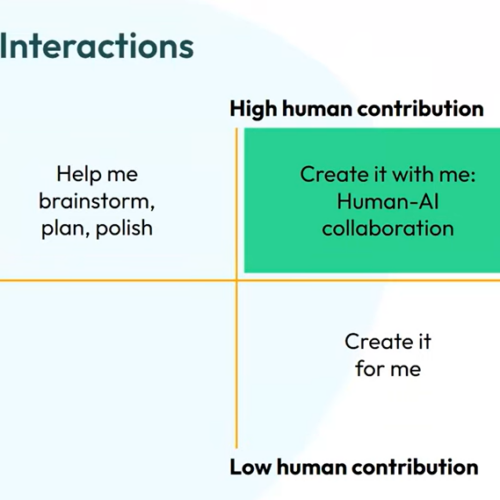Implementing Virtual Reality in the Classroom
Extended reality is picking up steam as a viable technology to use in the classroom, but faculty and learning experts should make sure that a strong pedagogical foundation is in place before they implement the technology in their courses, according to a recent article in The Chronicle of Higher Education. The story outlines professors’ experiences across disciplines using extended reality and offers tips to teachers who want to incorporate activities in their classes.
For example, Nhora Lucía Serrano, a professor at Hamilton College, created a virtual-reality-and-literature-course that allows students to design virtual worlds to represent the texts they read. Philip Skemer, director of the Fossett Laboratory for Virtual Planetary Exploration at Washington University in St. Louis, designed a lab at the university where students don headsets to explore complex geological formations.
“From a teaching and learning perspective, this sounds kind of corny. But I think it’s the future of classroom education,” Skemer said in the article.
The story also offers a tip from Jeremy Bailenson, founding director of the Virtual Human Interaction Lab at Stanford University and an expert on extended reality in the classroom.
“Start with a problem that needs to be solved, as opposed to, ‘We have this cool VR thing and let’s see how to use it,’ ” Bailenson said, as quoted by the Chronicle. “That may sound obvious, but I promise you that’s not the norm.”
Other tips include working with tech and learning-design experts to figure out what a 3-D guided experience will add to a course; creating a few easy projects with 3-D technology; involving students in the design process; and incorporating assessment to evaluate the technology in one’s course.
Read more about virtual reality in the classroom in our blog post about Professor Skemer’s Fossett Laboratory for Virtual Planetary Exploration.




